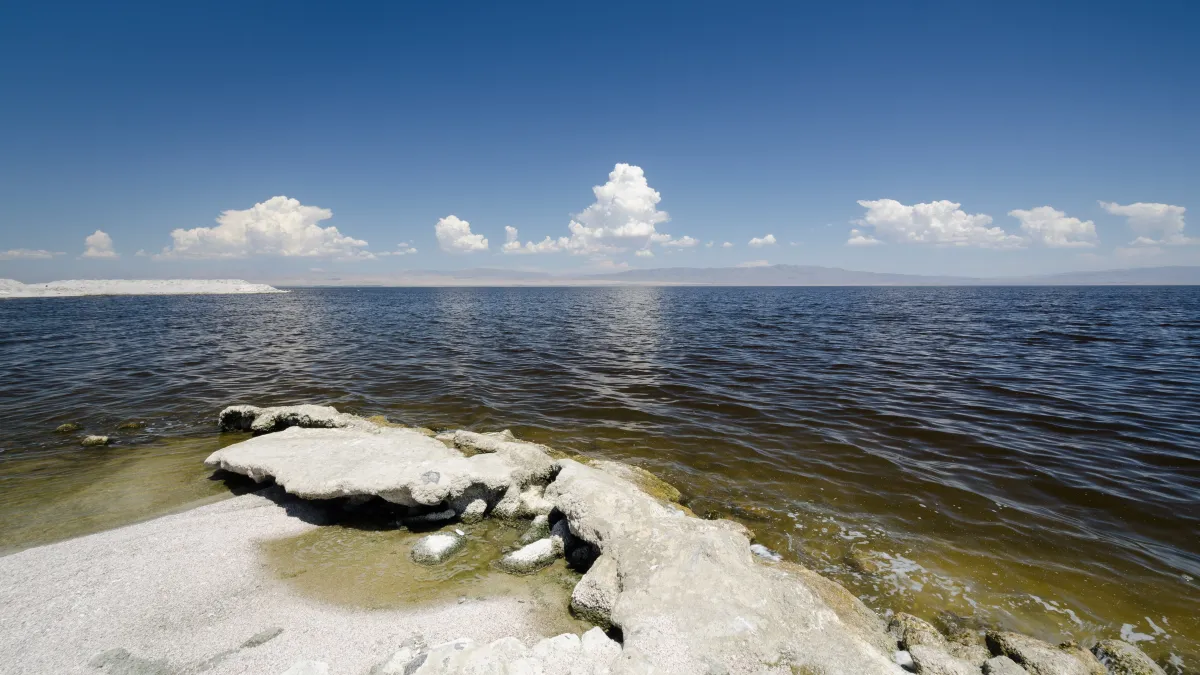Dive Brief:
- CalEnergy, a subsidiary of Berkshire Hathaway Energy, has asked the California Energy Commission (CEC) to scrap a license for the Black Rock geothermal plant, which would have generated 159 MW on the shores of the Salton Sea.
- The saline lake in California's Imperial Valley has significant renewable potential, according to a report from the National Renewable Energy Laboratory (NREL).
- According to The Desert Sun, a permit for Black Rock was issued in 2003 and was then extended every few years through 2014. The CEC has indicated that CalEnergy's request to relinquish the permit would likely be approved later this year.
Dive Insight:
There is ample geothermal potential in California's Salton Sea, but Desert Sun reports plants operating there are making less money and the projects are complicated to construct. While Berkshire Hathaway did not indicate why it was throwing in the towel on the project, the company already operates 10 geothermal plants in the region.
A report from National Renewable Energy Laboratory, funded by the California Natural Resources Agency, concluded the Salton Sea has more than 1,800 MW of geothermal potential. CalEnergy's plants in California’s Imperial Valley provide 338 MW of capacity.
Eight of the Imperial Valley facilities are under a 30-year contract to sell power to Southern California Edison Co. Salton Sea 5 and the CE Turbo plant sell most of their power to third parties.
The CEC report found renewable potential in the region goes beyond geothermal, however. Solar PV in the region can reach 1.8 GW and concentrated solar can reach 1.3 GW. The region can also produce up to 40 million gallons of algal biofuel per year, or 600,000 tons of algal food and feed annually. Lithium recovery from Salton Sea geothermal brines could be 54,000 to 122,000 metric tons annually by 2030.















